- Substance 3D home
- User guide
- Glossary
- Getting started
- Workspace
- Workspace
- Customizing your workspace
- Home screen
- Main toolbar
- Preferences
- Explorer
- Graph view
- Library
- Properties
- 2D view
- 3D view
- Dependency manager
- Resources
- Resources
- Importing, linking and new resources
- Bitmap resource
- Vector graphics (SVG) resource
- 3D scene resource
- AxF (Appearance eXchange Format)
- Font resource
- Warnings from dependencies
- Substance graphs
- Substance graphs
- Substance graph key concepts
- Creating a Substance graph
- Instances and subgraphs
- Graph parameters
- Manage parameters
- 'Visible if' expressions
- Inheritance in Substance graphs
- Output size
- Values in Substance graphs
- Publishing Substance 3D asset files (SBSAR)
- Exporting bitmaps
- Exporting PSD files
- Sample Substance graphs
- Warnings in Substance graphs
- Nodes reference for Substance graphs
- Nodes reference for Substance graphs
- Atomic nodes
- Node library
- Node library
- Texture generators
- Texture generators
- Noises
- Noises
- 3D Perlin noise
- 3D Perlin noise fractal
- 3D Ridged noise fractal
- 3D Simplex noise
- 3D Voronoi
- 3D Voronoi fractal
- 3D Worley noise
- Anisotropic noise
- Blue noise fast
- BnW spots 1
- BnW spots 2
- BnW spots 3
- Cells 1
- Cells 2
- Cells 3
- Cells 4
- Clouds 1
- Clouds 2
- Clouds 3
- Creased
- Crystal 1
- Crystal 2
- Directional noise 1
- Directional noise 2
- Directional noise 3
- Directional noise 4
- Directional scratches
- Dirt 1
- Dirt 2
- Dirt 3
- Dirt 4
- Dirt 5
- Dirt gradient
- Fluid
- Fractal sum 1
- Fractal sum 2
- Fractal sum 3
- Fractal sum 4
- Fractal sum base
- Fur 1
- Fur 2
- Fur 3
- Gaussian noise
- Gaussian spots 1
- Gaussian spots 2
- Grunge concrete
- Grunge Damas
- Grunge galvanic large
- Grunge galvanic small
- Grunge leaks
- Grunge leaky paint
- Grunge map 001
- Grunge map 002
- Grunge map 003
- Grunge map 004
- Grunge map 005
- Grunge map 006
- Grunge map 007
- Grunge map 008
- Grunge map 009
- Grunge map 010
- Grunge map 011
- Grunge map 012
- Grunge map 013
- Grunge map 014
- Grunge map 015
- Grunge rough dirty
- Grunge rust fine
- Grunge scratches dirty
- Grunge scratches fine
- Grunge scratches rough
- Grunge shavings
- Grunge splashes dusty
- Grunge spots
- Grunge spots dirty
- Liquid
- Messy fibers 1
- Messy fibers 2
- Messy fibers 3
- Microscope view
- Moisture noise 1
- Moisture noise 2
- Perlin noise
- Plasma
- Caustics
- Voronoi
- Voronoi fractal
- Waveform 1
- White noise
- White noise fast
- Patterns
- Patterns
- 3D linear gradient
- 3D volume mask
- Alveolus
- Arc pavement
- Brick 1
- Brick 2
- Brick generator
- Checker 1
- Cube 3D
- Cube 3D GBuffers
- Fibers 1
- Fibers 2
- Gaussian 1
- Gaussian 2
- Gradient axial
- Gradient axial reflected
- Gradient circular
- Gradient linear 1
- Gradient linear 2
- Gradient linear 3
- Gradient radial
- Height extrude
- Mesh 1
- Mesh 2
- Panorama shape
- Polygon 1
- Polygon 2
- Scratches generator
- Shape
- Shape extrude
- Shape mapper
- Shape splatter
- Shape splatter blend
- Shape splatter data extract
- Shape splatter to mask
- Splatter
- Splatter circular
- Star
- Starburst
- Stripes
- Tile generator
- Tile random
- Tile random 2
- Tile sampler
- Triangle grid
- Weave 1
- Weave 2
- Weave generator
- Filters
- Filters
- Adjustments
- Adjustments
- Apply color palette
- Auto levels
- Channel mixer
- Chrominance extract
- Clamp
- Color match
- Color to mask
- Contrast/Luminosity
- Convert to linear
- Convert to sRGB
- Create color palette (16)
- Grayscale conversion advanced
- Hald CLUT
- HDR range viewer
- Height map frequencies mapper
- Highpass
- Histogram compute
- Histogram equalize
- Histogram range
- Histogram render
- Histogram scan
- Non-uniform histogram scan
- Histogram select
- Histogram shift
- ID to mask grayscale
- Invert
- Lighting cancel high frequencies
- Lighting cancel low frequencies
- Luminance highpass
- Min max
- Modify color palette
- Pow
- Quantize color (Simple)
- Quantize color
- Quantize grayscale
- Replace color
- Replace color range
- Threshold
- View color palette
- Blending
- Blurs
- Channels
- Effects
- Effects
- 3D texture position
- 3D texture SDF
- 3D texture surface render
- 3D texture volume render
- Ambient occlusion (HBAO)
- Ambient occlusion (RTAO)
- Anisotropic Kuwahara color
- Anisotropic Kuwahara grayscale
- Bevel
- Bevel smooth
- Cross section
- Curvature
- Curvature smooth
- Curvature sobel
- Diffusion color
- Diffusion grayscale
- Diffusion UV
- Directional distance
- Edge detect
- Emboss with gloss
- Extend shape
- Flood fill
- Flood fill mapper
- Flood fill to Bbox size
- Flood Fill to gradient
- Flood Fill to grayscale/color
- Flood Fill to index
- Flood Fill to position
- Flood Fill to random color
- Flood Fill to random grayscale
- FXAA
- Glow
- Mosaic
- Multi directional warp
- Non-uniform directional warp
- Reaction diffusion fast
- RT irradiance
- RT shadow
- Shadows
- Shape drop shadow
- Shape glow
- Shape stroke
- Summed area table
- Swirl
- Uber emboss
- Vector morph
- Vector warp
- Normal map
- Tiling
- Transforms
- Material filters
- Material filters
- 1-click
- Effects (Material)
- Transforms (Material)
- Blending (Material)
- PBR utilities
- Scan processing
- Mesh-based generators
- Mesh-based generators
- Mask generators
- Weathering
- Utilities (Mesh-based generators)
- Spline & Path tools
- Spline & Path tools
- Working with Path & Spline tools
- Paths to spline
- Path tools
- Spline tools
- Spline tools
- Point list
- Scatter on Spline color
- Scatter on Spline grayscale
- Scatter Splines on Splines
- Spline 2D transform
- Spline (Cubic)
- Spline (Poly quadratic)
- Spline (Quadratic)
- Spline append
- Spline bridge (2 Splines)
- Spline bridge (List)
- Spline bridge mapper color
- Spline bridge mapper grayscale
- Spline circle
- Spline fill
- Spline flow mapper
- Spline mapper color
- Spline mapper grayscale
- Spline merge list
- Spline render
- Spline sample height
- Spline sample thickness
- Spline select
- Spline warp
- UV mapper color
- UV mapper grayscale
- 3D view (Library)
- 3D view (Library)
- HDRI tools
- Node library
- Substance function graphs
- Substance function graphs
- What is a Substance function graph?
- Create and edit a function
- The Substance function graph
- Variables
- FX-maps
- FX-Maps
- How it works
- The Iterate node
- The Quadrant node
- Using Substance function graphs in FX-Maps
- Warnings in Substance function graphs
- Sample Substance function graphs
- Nodes reference for Substance function graphs
- Nodes reference for Substance function graphs
- Function nodes overview
- Atomic function nodes
- Function node library
- MDL graphs
- Working with 3D scenes
- Bakers
- Best practices
- Pipeline and project configuration
- Color management
- Package metadata
- Scripting
- Scripting
- Plugin basics
- Plugin search paths
- Plugins packages
- Plugin manager
- Python editor
- Accessing graphs and selections
- Nodes and properties
- Undo and redo
- Application callbacks
- Creating user interface elements
- Adding actions to the Explorer toolbar
- Using color management
- Using spot colors
- Logging
- Using threads
- Debugging plugins using Visual Studio Code
- Porting previous plugins
- Packaging plugins
- Scripting API reference
- Technical issues
- Release notes
Version 13.0
This 13.0.0 release of Substance 3D Designer brings a lot of love to material artists, with a huge quantity of new nodes, the Substance Engine 9.0 introducing loops for the first time and with a great addition to the graph: the portal node. And in order to please more users, we introduce a brand new Home Screen and provide additional languages.
As mentioned in the previous version, this version does not support Substance model graphs anymore: it means that you can no longer open, edit or export such graphs in Designer. You can find all the reasons why we took this decision in this post on our community forum.
Release date: June 6th, 2023


Artwork by Celine Dameron
In this page
This 13.0 version brings a lot of new content. You will mainly find two new collections of nodes: Spline tools and Path tools.
- Spline tools are a collection of nodes for generating and ajusting splines, as well as using them for mapping, scattering or warping images.
- Path tools are another set of nodes to extract, in the form of a list of segments, contours from a mask and then edit and improve them.
All these nodes will offer a lot of possibilities and they will have for sure a lot of creative applications. Check out the section about working with Paths and Spline tools for a tour of the important concepts to understand in order to get comfortable with this toolset.


Artwork by Louise Melin
Spline tools
New nodes dedicated to splines can be divided into four categories:
Create
The first category is of course the one to generate splines:
- Spline Cubic: From two points and two tangents;
- Spline Poly Quadratic: From a set of points;
- Spline Circle: Following a circulare shape.
You can also create bridges between splines in order to have a full set of splines bewteen 2 splines or N splines.
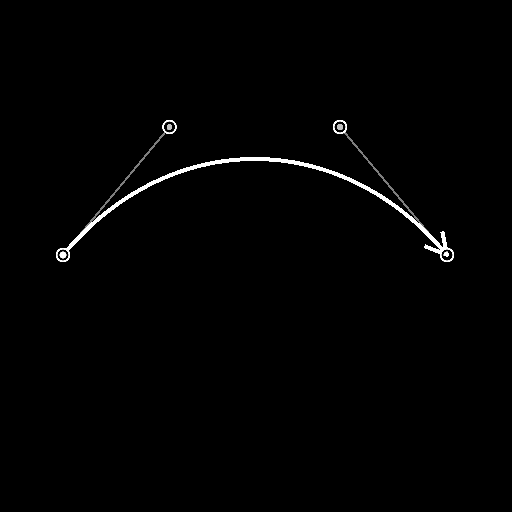

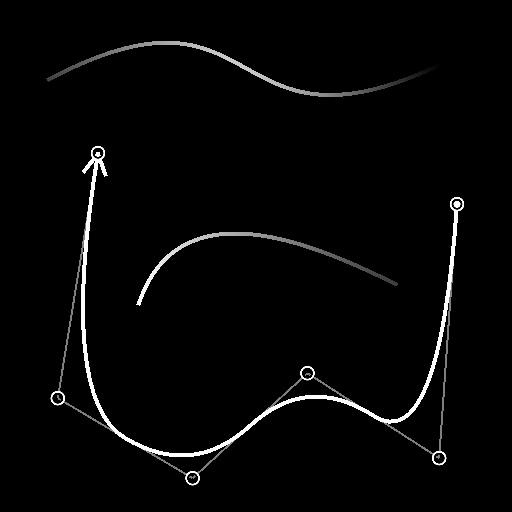

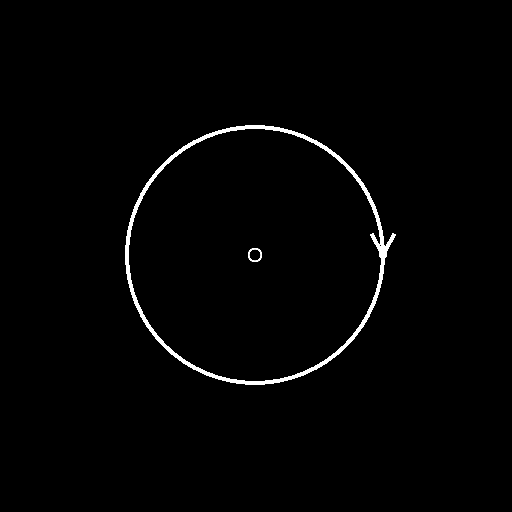

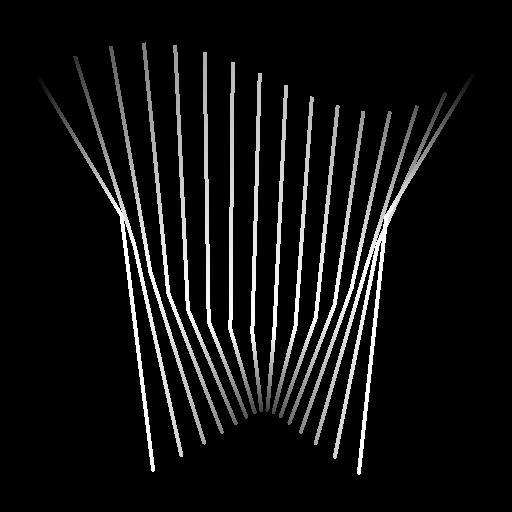

Assemble
In some cases, you will have to treat several splines as a single entity, so you need tools to manage a set of splines. The Spline Merge List allows you to merge all your splines into a single one by connecting the extremities in order, the Spline Append node lets you append a list of splines onto another list and thanks to the Spline Select node you can filter and select specific splines from a given list.
Modify
We also provide tools to rework and tweak your splines. You will find a node to apply a 2D transformation, like a rotation, translation, scale, and another one to warp the shape and two other nodes to modify the thickness or the height of the splines.




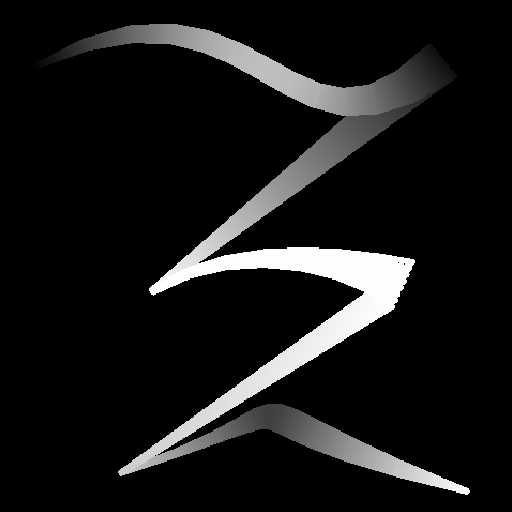

Render
The last category is the one to create the final shape or pattern based on your splines. The first idea that will come to your mind will be to repeat a given shape along the spline: the Scatter on Spline node allows you to do that, with a lot of parameters to perfectly control the distribution (rotation, scaling, offset, colors, masks, etc.).
Thanks to the Spline Fill node, you can easily create a pattern from a closed spline. And if you want to map any texture onto your splines, with a high degree of control and precision, the Spline Mapper node is made for you!


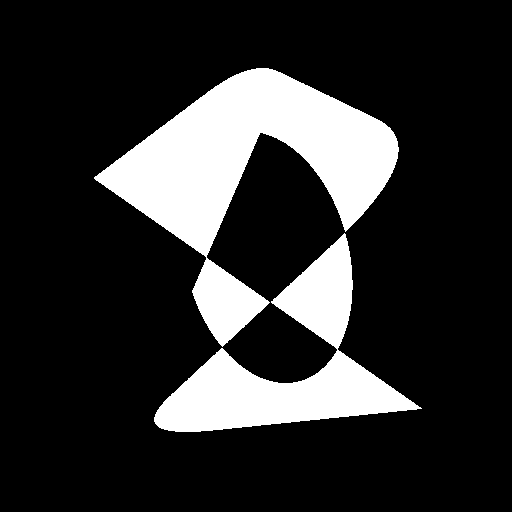

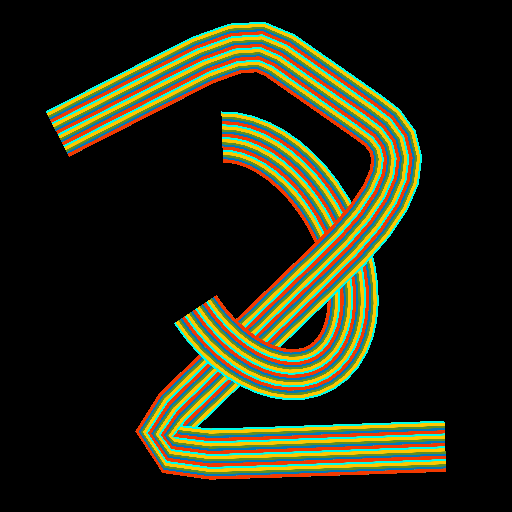

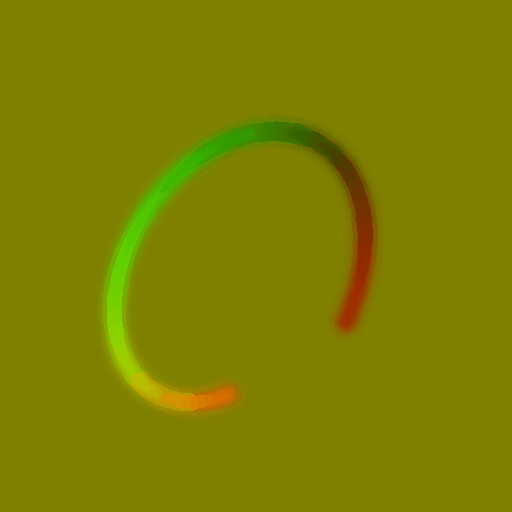

Path tools
The Mask to Paths node lets you extract the border of a grayscale pattern, in the form of a list of segments.
You can then process these paths with the Path 2D Transform or Paths Warp nodes in order to tweak according to your needs. And thanks to the Paths to Spline node, you can convert your Path into a Spline, and so take advantage of all the nodes dedicated to splines previously mentionned, like scattering.
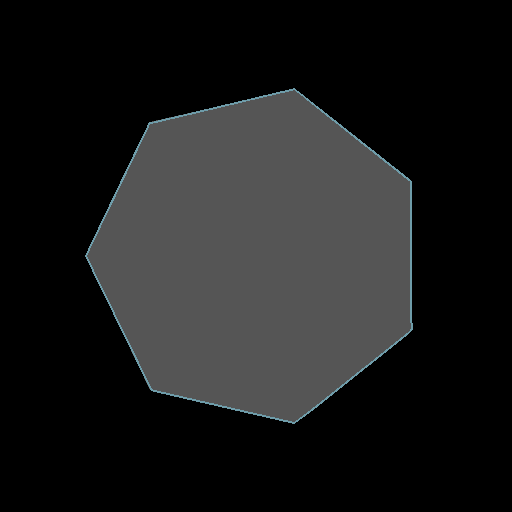

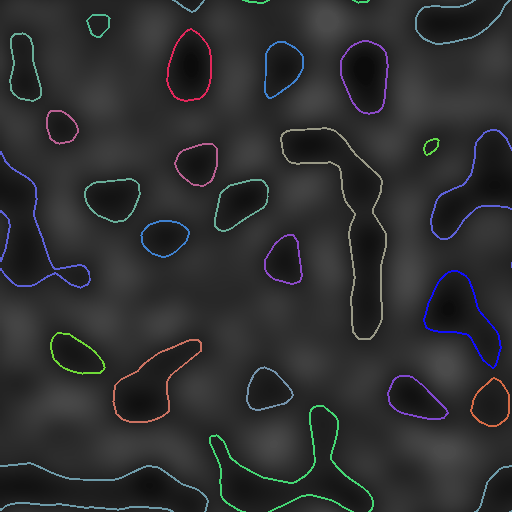

And to help you to learn all these new nodes, we published two new tutorials:
All the new nodes listed above are based on new Substance Engine version, and they are taking full advantage of its main new feature: loops.
Loops are only meant to be use inside Substance function graphs and you're most likely to implement them in a Pixel Processor, a Fx-Map or a Value Processor. Loops will of course allows you to easily repeat a function many times, until a condition is respected. It will help you to lighten a lot your graphs, and gain in accuracy.
This dedicated tutorial will help you to start to work with loops.
Substance Engine v9 also brings the following improvements:
- New Solid mode in the Gradient Map node's gradient editor (i.e no interpolation at all)
- Atomic pow() node in Substance function graphs
- Add border wrapping options (clamp to edge, repeat) in Sampler nodes
- Nearest sampling in Warp and Directional Warp nodes
The Portal node is a new extension of the Dot node with the possibility to hide connections in your graph.
Thanks to this feature, you can improve the graph readability by hidding very long connections, and also have a quick access to key nodes from anywhere in the graph.
This new feature is fully explained in this dedicated tutorial.
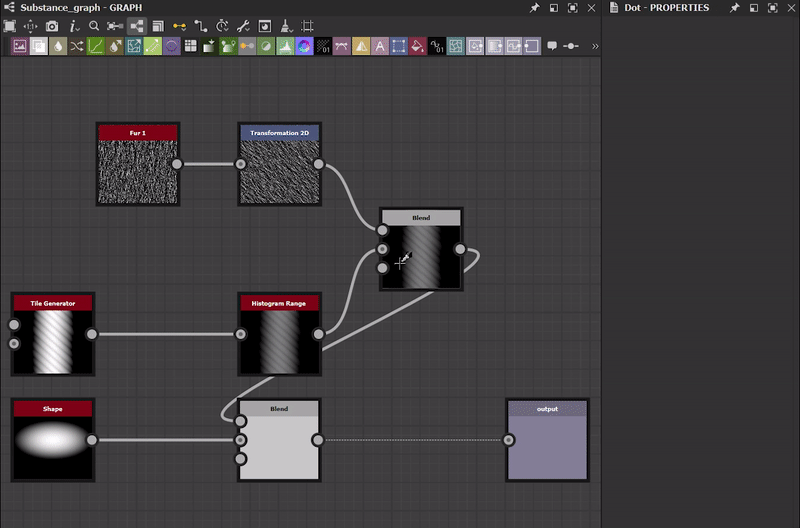

When you start Designer, you know have access to a brand new Home Screen like the one you have in others Adobe products. From this screen, you can:
- Quickly create a new graph;
- See the list of all the files recently opened in Designer, with some details like the size, the date when it has been modified for the last time or the complete filepath;
- A learn page where you can find link to learning resources, like tutorials to introduce you to new features or to discover quick tips;
- Direct links to the What's New screen, the About screen, the Substance 3D website, the Support Community forum, etc.




This version comes with three additional languages:
- Spanish (Spain);
- Italian (Italy);
- Portugese (Brazil).
As a reminder, if you want to change the language in Designer, just go to the Preferences and you will find the list of all available languages in the General section.
13.0.0
(Released June 6th, 2023)
Added
- [Graph] Portal node
- [Onboarding] New Home Screen
- [Content] Spline (Cubic) node
- [Content] Spline (Poly Quadratic) node
- [Content] Spline Circle node
- [Content] Point List node
- [Content] Spline Bridge (2 splines) node
- [Content] Spline Bridge (List) node
- [Content] Spline Append node
- [Content] Spline Select node
- [Content] Spline Merge List node
- [Content] Spline 2D Transform node
- [Content] Spline Warp node
- [Content] Spline Sample Height node
- [Content] Spline Sample Thickness node
- [Content] Spline Render node
- [Content] Scatter on Spline Color node
- [Content] Scatter on Spline Grayscale node
- [Content] Spline Mapper Color node
- [Content] Spline Mapper Grayscale node
- [Content] Spline Bridge Mapper Color node
- [Content] Spline Bridge Mapper Grayscale node
- [Content] Spline Flow Mapper node
- [Content] UV Mapper Color node
- [Content] UV Mapper Grayscale node
- [Content] Paths to Splines node
- [Content] Masks to Paths node
- [Content] Paths 2D Transform nodenode
- [Content] Paths Polygon node
- [Content] Preview Paths node
- [Content] Paths Warp node
- [Content] Paths Select node
- [Content] Paths Vertex Processor node
- [Content] Paths Vertex Processor Simple node
- [Content] Quad Transform on Path node
- [Content] Raytraced Ambient Occlusion v2
- [Content] Raytraced Bent Normal v2
- [Content] Raytraced Shadows v2
- [Engine] Update to version 9
- [Engine] Loop node in function graphs
- [Engine] Add solid mode to Gradient
- [Engine] Atomic pow() node in Function Graph
- [Engine] Add border wrapping options (clamp to edge / repeat) in Sampler node
- [Engine] Nearest sampling in Warp and Directional Warp node
- [Engine] Add a "punchthrough alpha" mode to the Sharpen filter for color inputs
- [Engine] FxMap: Hemisphere morphlet
- [Engine] Atomic Get/Set operations in function graphs
- [Engine] Functions: use precise function of log/log2/exp, 2pow - Unify functions between cooker and engine
- [Engine] Add an "intensity offset" parameter to the Directional Warp filter
- [API] Support preset management for compositing graphs
- [Functions] Change input name for functions atomic nodes
- [Localization] Add Portuguese (Brazil), Italian (Italy) and Spanish (Spain) languages
- [Localization] Respect rule "Language (Country)" in the list of languages
- [Presets] Disable 'Preview' and 'Presets' panels in graph properties when using in-context editing
- [Substance models graph] End of support of Substance models graphs
Fixes
- [3D View] Display of long strings in scene statistics is cut off (macOS only)
- [API] 'structure::Structure' module is still included in the API reference
- [API] Dot nodes in MDL graphs have no definition nor properties
- [API] Incorrect behavior when setting the parameter of function nodes
- [Content] 3D Voronoi and 3D Voronoi Fractal nodes generate a cooking warning
- [Engine] 'Intensity Map Offset' parameter has no effect on grayscale data in SSE2 engine
- [Explorer] Graph i/o can be deleted
- [Graph] Bitmap is ignored when used in instances
- [Graph] Incorrect dot node position when created node from a node
- [Graph] Incorrect focus in 'Expose parameter' dialog when using 'Enter' key
- [Graph] Wrong result in histogram scan with bitmap in context editing
- [Localization] Fix various clipping issues
- [Parameters] Crash when deleting an input parameter
- [Publish] Graphs in folders are moved to root in published package
- [Resources] Crash when updating a loaded resource on disk
- [VisibleIf] Fix regression in conditional visibility evaluation